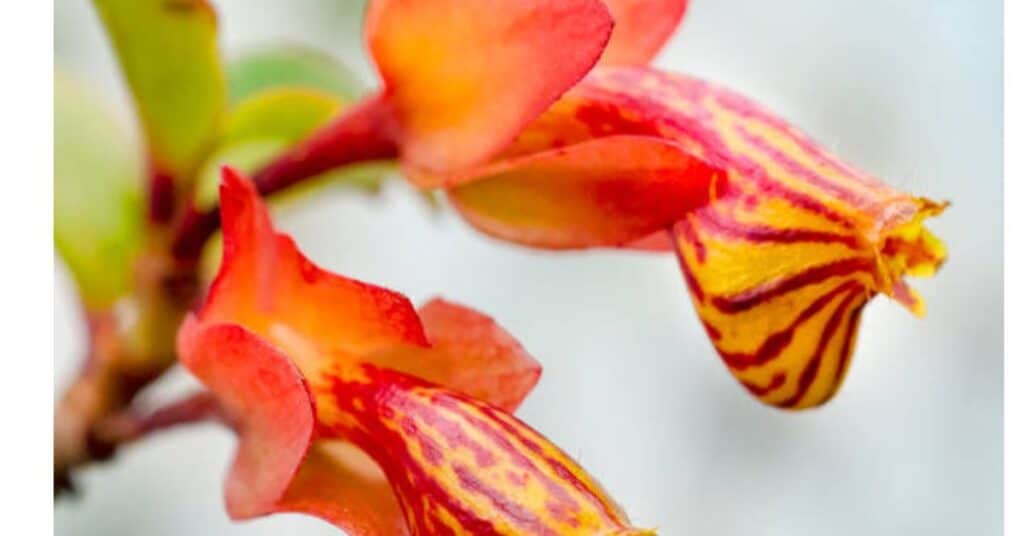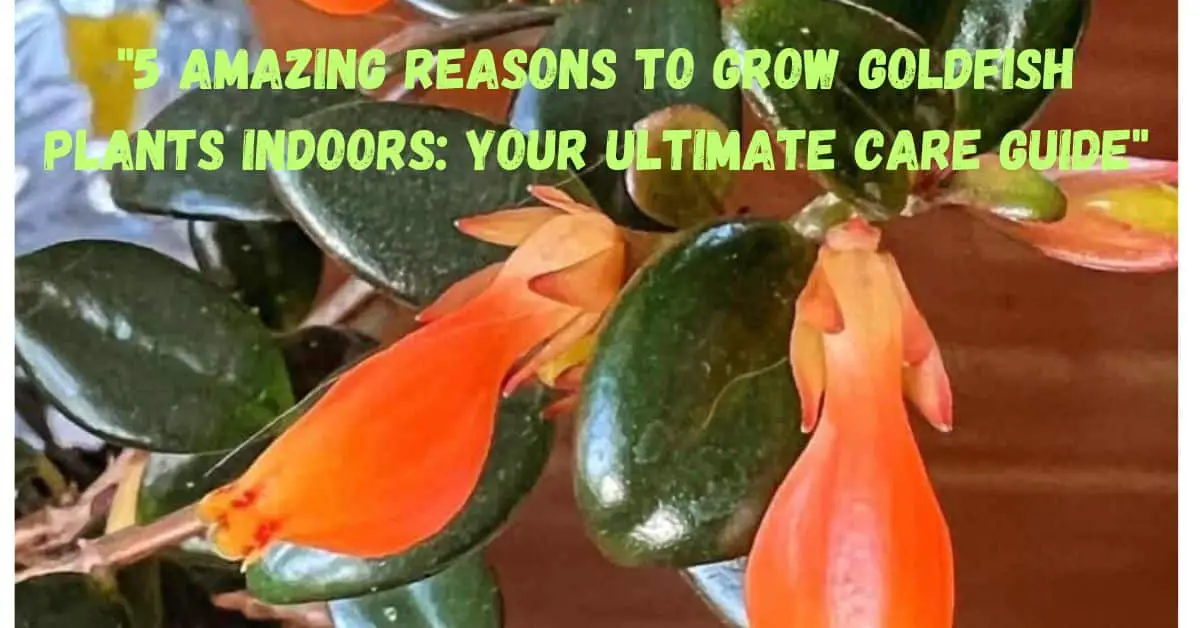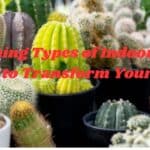The goldfish plant is a hidden gem in indoor gardening, known for its vibrant, fish-shaped orange blooms that add a splash of tropical flair to any room. This striking houseplant not only enhances your home’s aesthetics but also brings a sense of Tranquility and freshness. Its lush, trailing foliage makes it perfect for hanging baskets or as a cascading feature in your indoor space. With minimal care requirements and a knack for thriving indoors, it’s an excellent choice for both beginners and seasoned plant enthusiasts looking to elevate their green decor.

5 Amazing Reasons to Grow Goldfish Plants Indoors: Your Ultimate Care Guide
Table of Contents
1. Unusual and Catching Blossoms
Goldfish Plant The name of this plant actually originated from the beautiful, tubular flowers that make the little, swimming goldfish. These vibrant orange or red-coloured blossoms add a hint of exoticism to any indoor space, making them a great piece to stand out in your own collection of plants.
Tip: Put your Goldfish Plant in a hanging basket near the window to let this waterfall effect come in with the cascading stems and blossoms.
2. Low Maintenance and Hardy
One of the major benefits of growing Goldfish Plants indoors is their low-maintenance nature. They’re perfect for busy individuals who want an attractive plant without constant upkeep.
Light: Goldfish Plants thrive under bright, indirect sunlight. Too much direct sun will cause scorching of the leaves, while insufficient light may prevent them from blooming.
Water: Allow soil to dry slightly between watering. Over watering easily causes root rot, so make sure the drainage is good.
Personal Experience: When I got my very first Goldfish Plants, I was anxious about over watering. Well, I could quickly and easily observe that letting the topsoil dry was the secret to keeping my plant healthy. It is forgiving if you forget it now and then!.
3. Purifies Indoor Air
Like many indoor plants, Goldfish Plants contribute to better air quality by filtering out toxins and releasing oxygen. They not only beautify your space but also create a healthier environment.
Scientific Insight: NASA’s Clean Air Study found that houseplants, in general, can remove pollutants like formaldehyde, benzene, and trichloroethylene from the air. While Goldfish Plants weren’t specifically mentioned, their lush foliage indicates strong air-purifying capabilities.
4. Year-Round Blooming Potential
Goldfish Plants can bloom multiple times throughout the year under the right conditions. With proper care, you’ll enjoy their cheerful flowers even during winter when most other plants go dormant.
Encouraging Blooms:
Temperature: Keep your plant in a warm environment (60-75°F or 15-24°C).
Humidity: Goldfish Plants love humidity. Consider placing a humidifier nearby or using a pebble tray with water to maintain moisture levels.
Pruning: Pruning on a regular basis promotes bushy growth and more blooms. Cut back leggy stems to encourage more blooms.
5. Great for Vertical Gardens
Goldfish Plants have trailing vines, making them great choices for vertical gardening. They are perfect for hanging pots or wall-mounted planters for adding vertical interest and depth to your indoor garden.
DIY Vertical Garden Idea: Combine Goldfish Plants with other trailing species, like String of Pearls or Pathos. The varied textures and colours will transform a room into a lush, green sanctuary.
Practical Care Guide for Thriving Goldfish Plants
Here’s a quick summary to keep your Goldfish Plant happy and flowering:
Soil: Use a well-draining potting mix with organic matter. A peat-based soil works well.
Fertiliser: From spring and summer, feed the plant with a balanced liquid fertiliser every 2-3 weeks. Feed less from fall and winter.
Repotting: Repot every 2-3 years or when the plant outgrows the pot. A new pot should just be a slightly bigger one to avoid issues that may keep water around the roots.
Common Problems and Solutions
Yellow Leaves:
Reason: Over watered or poor drainage.
Solution: Ensure the pot has drainage holes and let the soil dry slightly between watering.
No Blooms:
Cause: Insufficient light or nutrients.
Solution: Move your plant to a brighter spot and fertilise regularly during the growing season.
Pest Issues:
Common Pests: Aphids and spider mites.
Solution: Wipe the leaves with a damp cloth and apply Neem oil to deter pests naturally.
Final Thoughts: Why You’ll Love Goldfish Plants Indoors
Goldfish Plants are just the right combination of beauty, simplicity, and functionality, especially for indoor growing. Their stunning, fish-shaped blooms and robust nature have made them a darling among plant enthusiasts, while air-purifying qualities and year-round potential add practical benefits.
Whether you’re enhancing your living room with vibrant hanging plants or creating a vertical garden masterpiece, the Goldfish Plant will bring joy and colour to your indoor space. Give it a try—you might just find it becomes your new favourite houseplant!Briefly introduce Goldfish plants (Nematanthus) and their vibrant, goldfish-shaped blooms.
Highlight their charm as an indoor plant and their relatively low-maintenance care needs.
Provide the advantages of growing this exceptional, aesthetically appealing plant indoors.
Chapter 1: Why Goldfish Plants are best for Indoor Rooms
Distinctive Look: Their vibrant orange blooms resemble swimming goldfish.
Low Light Tolerance: Light requirements for bright, indirect sunlight, ideal for indoor rooms.
Air Purifying Ability: Purifies the indoor air.
Compact Grower: Can easily be grown in apartments or small houses.
Chapter 2: 5 Easy Care Tips for Healthy Thriving Goldfish Plants
Lighting Needs:
Bright but indirect sunlight; avoid direct afternoon sun.
Personal experience with placing it near a north-facing window.
Watering Requirements:
Moisten the soil but never waterlogged.
Avoid over-watering and root rot.
Temperature and Humidity:
65°F – 75°F (18°C – 24°C)
How misting might increase humidity, especially if living in a dry climate.
Feeding:
Use a balanced liquid fertiliser in the growing season (spring and summer).
Caution: Do not over-fertilise.
Pruning and Upkeep:
How often trimming will enhance bushy growth
Share your experience of rescuing overgrown Goldfish plant
Section 3: Common Problems with Solutions
Yellowing Leaves: Possible causes and temporary cures
Droopy Blooms: Solutions to fix any problem with watering or light
Pest Control: Solution to some of the most common pests, organic approaches for spider mites or aphids
Section 4: Creative Display Ideas for Goldfish Plants
Hanging baskets to feature trailing vines.
Use the bright tropical plant into an attractive indoor jungle look along with other plants.
Personal touch: “I once styled my Goldfish plant in a macramé hanger…”
Conclusion:
Recap the beauty, benefits, and manageable care routine of Goldfish plants.
Call all beginners and seasoned plant lovers to give it a shot and grow one.
You can also read our other websites blog that help you also Indoor Plant Genius& Indoor Plant Guru
You may also like 5 Reasons why You Need an Indoor Snake Plant for a Healthier Home https://indoorplantplants.com










